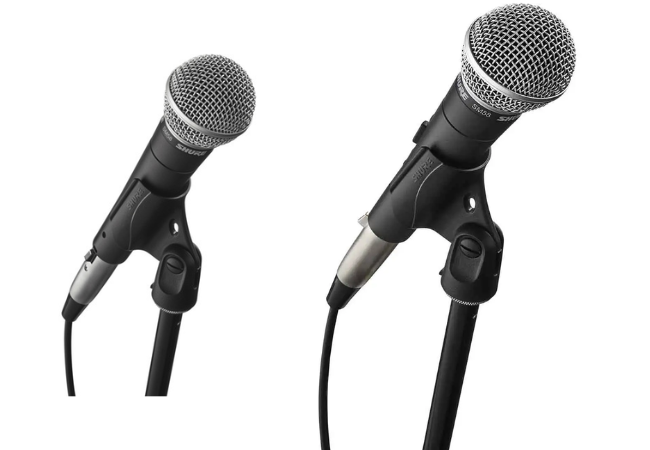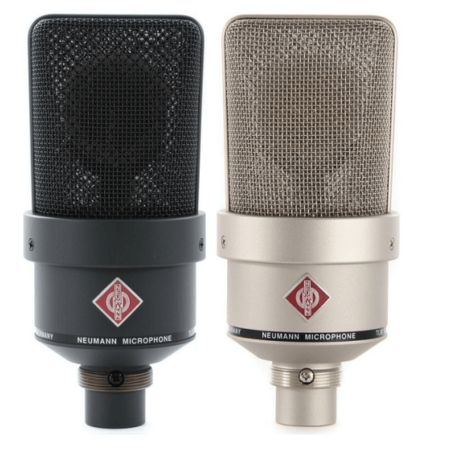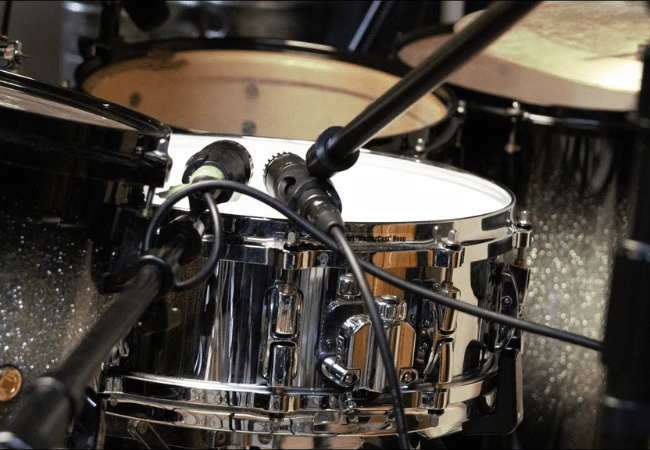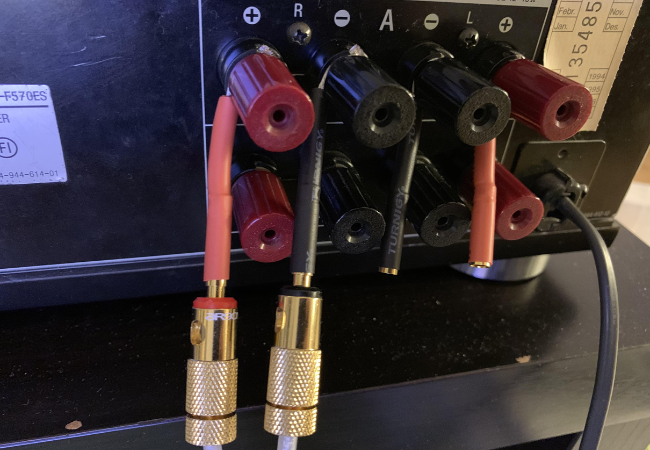The Shure SM58 series, in particular, has carved out a special place in both studio setups and live performance venues.
With its robust design and reliable sound reproduction, this microphone series stands as a testament to Shure’s commitment to excellence in audio technology.
When we talk about the Shure SM58, two variants often become the subject of discussion: the SM58-LC and the SM58.
While both models are revered by sound engineers, studio professionals, and artists, the subtleties in their features, adaptability, and even the way they handle phantom power can make a significant difference depending on your needs.
This article aims to dissect these minute differences and help you make an informed choice for your studio or live setup.
The Shure SM58 series offers a wide frequency range that captures sound with precision, making it a preferred choice for different audio applications. The microphones are equipped with an adapter for greater connectivity options, enhancing their versatility.
Whether you’re looking to record a video with crisp audio, engage an audience in a live setting, or even if you are simply in search of the proverbial ‘Voice of God’ for your studio recordings, understanding the nuances between the SM58-LC and the SM58 is crucial.
Sound is an intangible force that has the power to evoke emotions, set a mood, or tell a story. Capturing that sound accurately and faithfully is what the Shure SM58 series promises to deliver.
In this comparison, we will explore the characteristics that set these two variants apart, discuss their compatibility with phantom power, and into customer testimonials and expert reviews to provide a comprehensive perspective.
Stay tuned as we examine every facet of these iconic microphones, aiming to guide you through the maze of features, specs, and technical jargon to help you make the right choice.
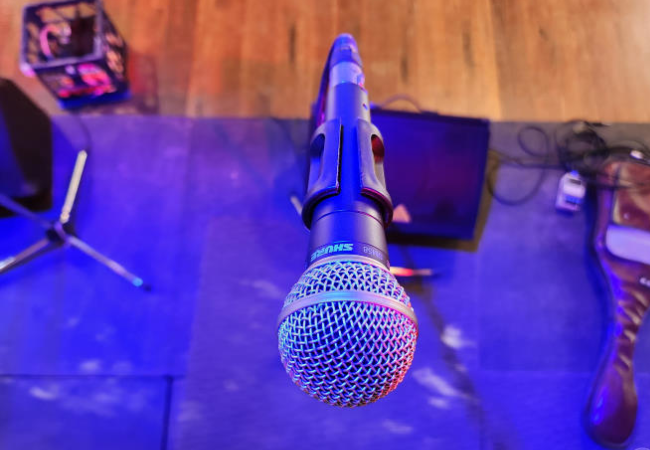
Sound and Sensitivity
Both the SM58-LC and the SM58 are designed to deliver exceptional vocal performance. They are equipped with a tailored frequency response that brightens the midrange and offers bass roll-off, providing optimal voice clarity.
The sensitivity of the microphones allows for capturing subtle nuances, whether you’re recording in a studio or amplifying your voice in a live setting through a mixing console.
When you think of the Shure SM58 or its LC variant, sound quality is at the forefront. Both models boast a tailored frequency response designed for vocals.
The cardioid pickup pattern in each ensures that all unwanted noise is kept at bay while your voice remains center stage. The level of sensitivity in electronics inside these mics allows for a detailed and warm vocal reproduction.
Connectivity
The XLR connector is a common feature between the two models. This connector offers superior sound quality over USB, ensuring that the electrical impedance is maintained, and the analog signal remains clean. The XLR also provides an option for phantom power, although these dynamic mics don’t require it.
From electrical impedance to signal processing, both microphones are designed with professional quality in mind. The use of XLR connectors ensures that an analog signal of the highest quality is maintained.
These microphones don’t require phantom power, thanks to their dynamic design, which simplifies setup when connecting to a mixing console.
Built for Toughness
The rugged construction of both models ensures that the microphone can take a hit or fall off a truck and still perform. Shure offers a warranty that backs the robust build quality of these microphones.
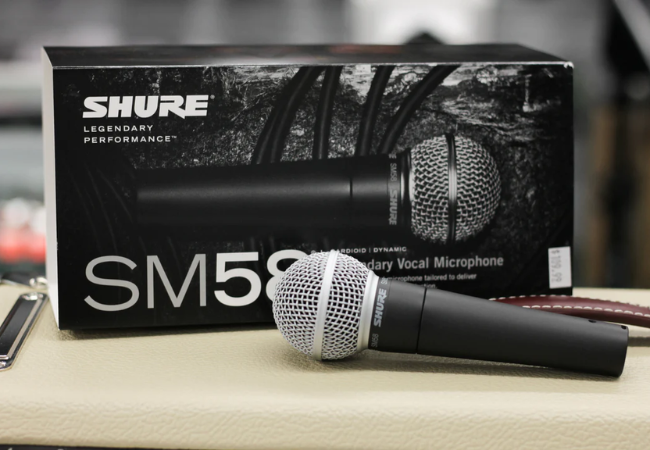
The robust build of these microphones means that they can take quite a beating—figuratively speaking. Whether you’re recording a music session in a studio or using the microphone outdoors for a live event, you can be assured of its durability. The tough steel-mesh grille and enamel-coated metal construction are designed to withstand pressure and wear and tear.
While both models are quite similar, the SM58-LC comes with a Pig Hog XLR Mic Cable of 10 feet, adding extra value. The SM58, on the other hand, includes an A25D swivel stand adapter and a storage bag, but no cable.
This model is phone-compatible, making it ideal for those who frequently switch between different recording setups.
Unique Features
Noise and Vibration
Both microphones feature a pneumatic shock mount system that effectively reduces handling noise and vibration. Additionally, the built-in pop filter minimizes plosives, contributing to a cleaner sound.
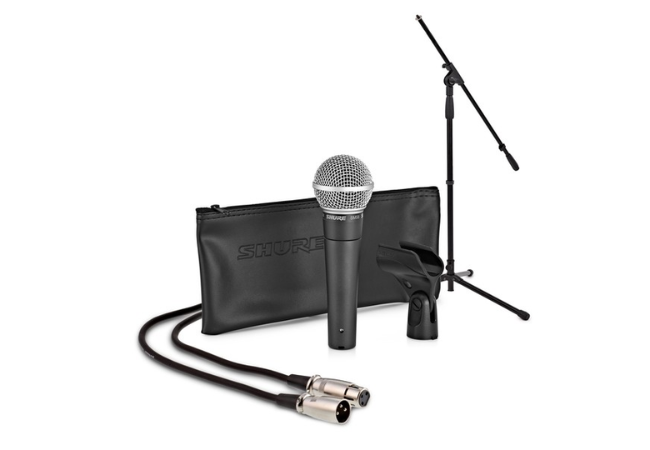
Noise, or rather the lack of it, is a significant aspect where these two microphones excel. A well-designed pop filter and advanced pneumatic shock mount system help minimize vibrations and plosive sounds, ensuring that what your audience hears is nothing short of impeccable.
Frequency Response and Filters
In terms of frequency response, both mics offer a range from 50 Hz to 15,000 Hz. Advanced filter (signal processing) technology in both models helps to maintain a clear, noise-free sound.
Both microphones operate effectively in a frequency range specializing in capturing the depth and nuance of the human voice. However, the microphones are not limited to vocal applications; they can effectively pick up a range of sounds, albeit within their specified frequency response.
Pricing and Availability
Price comparison from vendors like Amazon shows that the SM58-LC and the SM58 are similarly priced, hovering around the $99 to $129 range.
Video Applications
The SM58 and SM58-LC microphones are not just confined to the realm of audio performance; they have also found utility in video production.
Whether you’re recording interviews, podcasts, or live streaming events, the audio quality can make or break the viewer’s experience. When paired with a sophisticated mixing console, the microphones deliver sound that is crisp and clear, significantly reducing the need for post-production editing.
This is especially advantageous for YouTubers or video professionals aiming for high-quality output with minimal turnaround time.
Electric Components and Signal Processing
Both SM58 models are built to be rugged and can handle extreme pressure levels—making them ideal for live performances where the sound environment can be chaotic. Their electrical impedance, rated around 150 ohms, is versatile enough to allow compatibility with a wide range of audio interfaces and mixing consoles. Therefore, you don’t have to worry about specialized equipment to integrate these microphones into your existing setup.
Advanced Technology
The SM58 and SM58-LC employ state-of-the-art filter technology to provide effective signal processing. What sets them apart is their cardioid pattern that isolates the sound source while minimizing background noise.
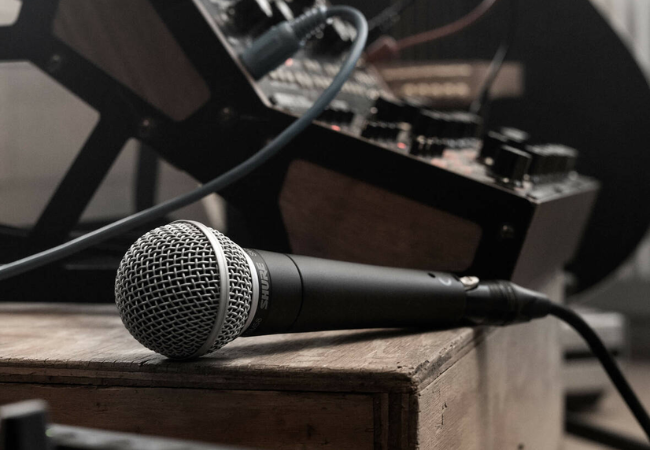
The measurement in decibels indicates a high gain before feedback and an excellent off-axis sound rejection level. This is crucial when recording in studios or performing live where you want the focus to be solely on the sound you’re producing.
Cable Television and Analog Signals
Beyond traditional uses like music and studio recording, these microphones are also used in cable television settings.
In an industry that thrives on the quality of analog signals, the SM58 models are a reliable choice. Their capability to capture high-quality audio makes them a staple in TV studios where clarity and detail are non-negotiable.
A Word on Extras
While the SM58 often includes some additional accessories like a swivel adapter and storage bag, the SM58-LC is more streamlined, usually not offering extra items.
This is something to consider if you’re looking for an all-in-one package or if you have specific accessory requirements for your setup.
Is There A Better Mic Than Sm58?
The SM58 is widely regarded as a versatile, durable, and cost-effective microphone that excels in both live and studio settings, particularly for vocals. However, there are microphones out there that may offer advantages in certain aspects.
- Sound Quality: For studio recording, condenser microphones like the Neumann U87 or the Audio-Technica AT4050 offer superior sound quality and a broader frequency range, albeit at a significantly higher price point.
- Versatility: If you’re looking for a microphone that can handle both vocals and instruments adeptly, models like the Sennheiser e935 might offer a more balanced sound profile.
- Specialized Uses: For applications like podcasting or broadcasting, a microphone tailored for spoken word, such as the Heil PR-40 or the Shure SM7B, might be more suitable.
- Portability and Convenience: USB microphones like the Blue Yeti or the Audio-Technica ATR2500x-USB offer plug-and-play convenience, although they may not deliver the same audio quality as an XLR-based microphone running through a high-quality audio interface.
- Budget: If you’re on a tight budget, there are less expensive microphones that still offer decent quality, such as the Audio-Technica AT2020, although they may lack some of the durability and versatility of the SM58.
- Advanced Features: Some modern microphones come with digital processing capabilities, multiple polar patterns, or other advanced features that the SM58 does not have.
Concluding Thoughts
In a nutshell, both the Shure SM58 and SM58-LC are excellent choices for a variety of audio needs. They deliver on all fronts—be it sound quality, ruggedness, or versatility.
The core features are virtually the same; it’s the minor differences in compatibility and accessories that might influence your decision.
These microphones are like dependable workhorses, capable of delivering consistent performance regardless of the environment they are placed in.
